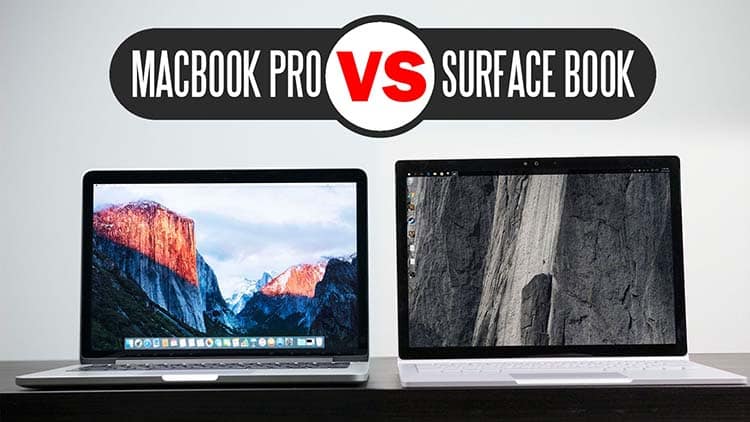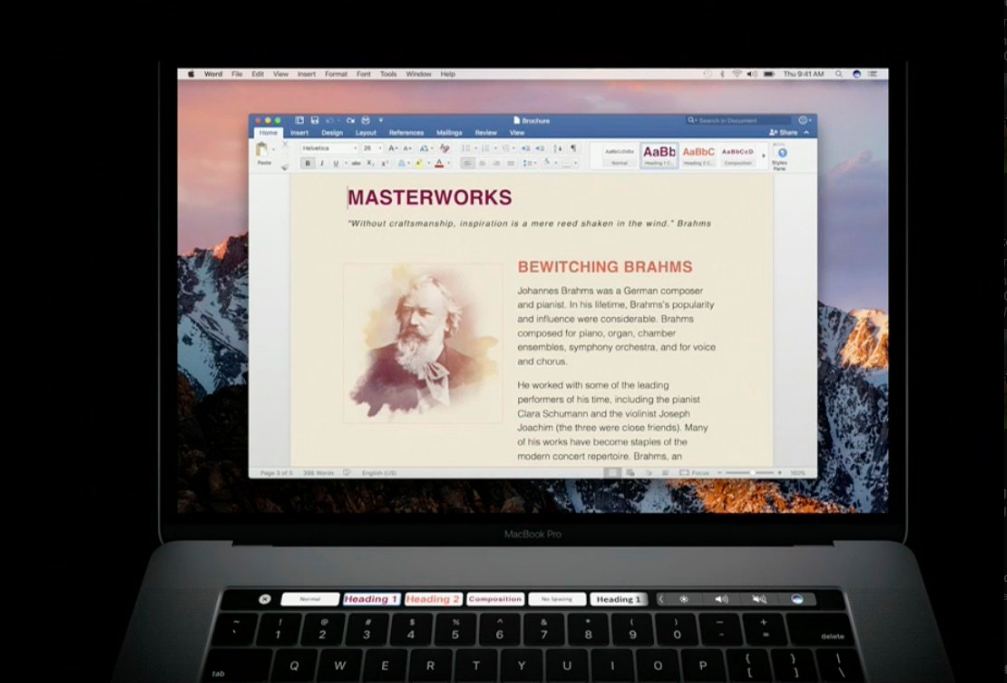
On Apple devices, Apple requires that the SSO app extension and the app (Authenticator or Company Portal) be installed.
#Microsoft on mac pro how to
For a list of options on how to install the Company Portal app, see Jamf Pro's documentation. The Company Portal app can be installed manually by users, or by deploying the app through Jamf Pro. On macOS 10.15 and newer devices, install the Company Portal app. For information on how to install the Microsoft Authenticator app, see Jamf Pro's documentation. The Microsoft Authenticator app can be installed manually by users, or by deploying the app through Jamf Pro. On iOS/iPadOS 13.0 and newer devices, install the Microsoft Authenticator app. To use the Microsoft Enterprise SSO plug-in for Apple devices:

Supplemental Terms of Use for Microsoft Azure Previews.Certain features might not be supported or might have restricted behavior. It's not recommended to use in production. This preview version is provided without a service level agreement (SLA). The Microsoft Enterprise SSO plug-in for Apple Devices is in public preview. This article shows how to deploy the Microsoft Enterprise SSO plug-in (preview) for Apple Devices with Jamf Pro. They can bypass interactive sign-in prompts for the signed in user.įor more information, see Microsoft Enterprise SSO plug-in for Apple devices - apps that don't use MSAL. Just add the application bundle ID or prefix to the extension configuration.įor example, to allow a Microsoft app that doesn't support MSAL, add com.microsoft. Apps that don't support MSAL can be allowed to use the extension. Once set up, apps that support the Microsoft Authentication Library (MSAL) automatically take advantage of the Microsoft Enterprise SSO plug-in (preview).


It reduces the number of authentication prompts users get when using devices managed by Mobile Device Management (MDM), including Jamf Pro. This plug-in uses the Apple single sign-on app extension framework. The Microsoft Enterprise SSO plug-in (preview) provides single sign-on (SSO) to apps and websites that use Microsoft Azure Active Directory (Azure AD) for authentication, including Microsoft 365.


 0 kommentar(er)
0 kommentar(er)
